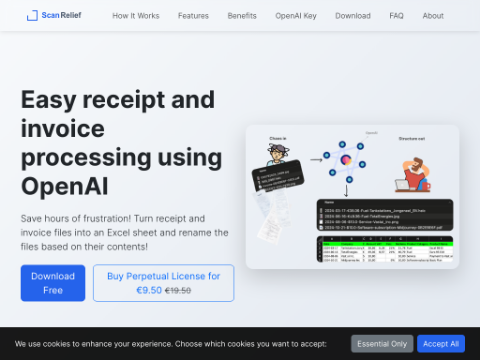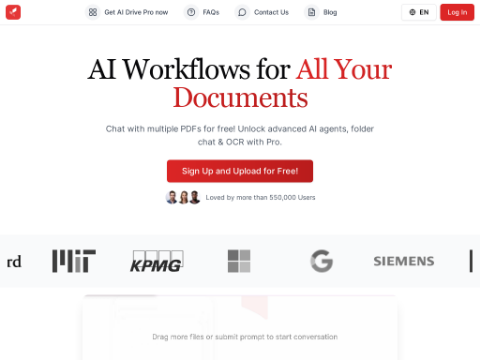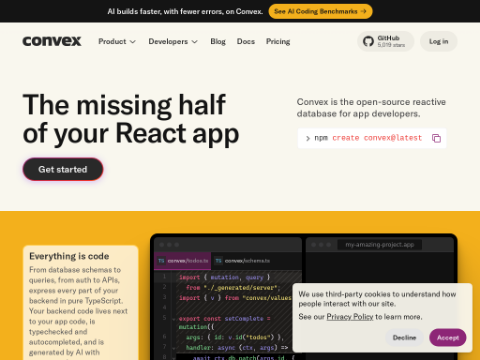Recently, OpenAI's o3 model has garnered significant attention in the AI community. The model has achieved notable results across multiple tasks, but its high computational cost remains a major challenge. It is reported that the o3 model requires millions of tokens for each task, placing a substantial demand on computational resources.
OpenAI's o3 model relies on expert-annotated datasets to enhance the accuracy of the evaluation model. However, this approach, while improving precision, also demands extensive human supervision, limiting the system's adaptability and cost-effectiveness. Experts point out that this trade-off highlights the challenges in scaling reasoning systems beyond controlled benchmarks like ARC-AGI.
In addition to computational costs, the o3 model has sparked discussions about its economic feasibility. Some experts, such as François Chollet and Nat McAleese, have expressed concerns about the high costs associated with these models and emphasized the need for innovation to balance performance and cost. They highlight that for businesses and research institutions, finding a way to maintain model performance while controlling costs is a pressing issue.
Meanwhile, other AI companies are also making strides in this area. For example, Google has introduced the Gemini 2 model, and Chinese companies like DeepSeek are also making progress. However, since these models have not yet been extensively tested, direct comparisons are difficult.
Opinions within the industry regarding the o3 model vary. Some experts praise its technological advancements, seeing it as a driving force in the development of AI. Others, however, question its high costs and lack of transparency, arguing that its value needs to be validated through broader testing. Notably, Denny Zhou from Google DeepMind has expressed concerns about the o3 model's heavy reliance on reinforcement learning and search mechanisms, suggesting that this could lead to a research dead-end. He advocates for simpler fine-tuning processes to learn reasoning.
For businesses, the new adaptability of the o3 model showcases the potential of AI to transform various industries in the future. However, the high computational costs are a significant barrier for many. To address this, OpenAI plans to release a smaller version of the o3 model, called o3-mini, which will reduce the computational requirements during testing and provide a more affordable option. Although o3-mini will have some functional trade-offs, it will retain the core innovations of the o3 model.
The o3-mini is expected to be released by the end of January, while the full o3 model will be launched after further safety testing. In the meantime, businesses can use other well-tested and robust models to build intelligent applications, which are already powerful enough to meet many practical business needs.
Overall, despite the challenges in computational costs, the introduction of the o3 model marks a significant advancement in the field of AI. As more models and technologies emerge, AI will continue to play a crucial role in various industries.








